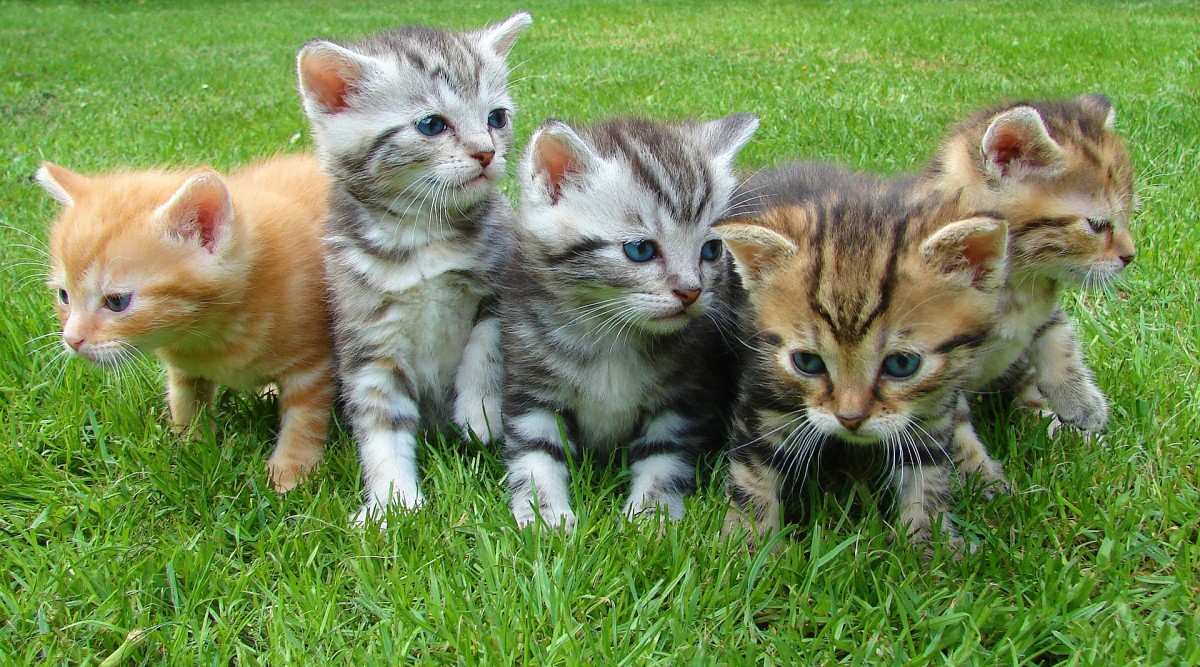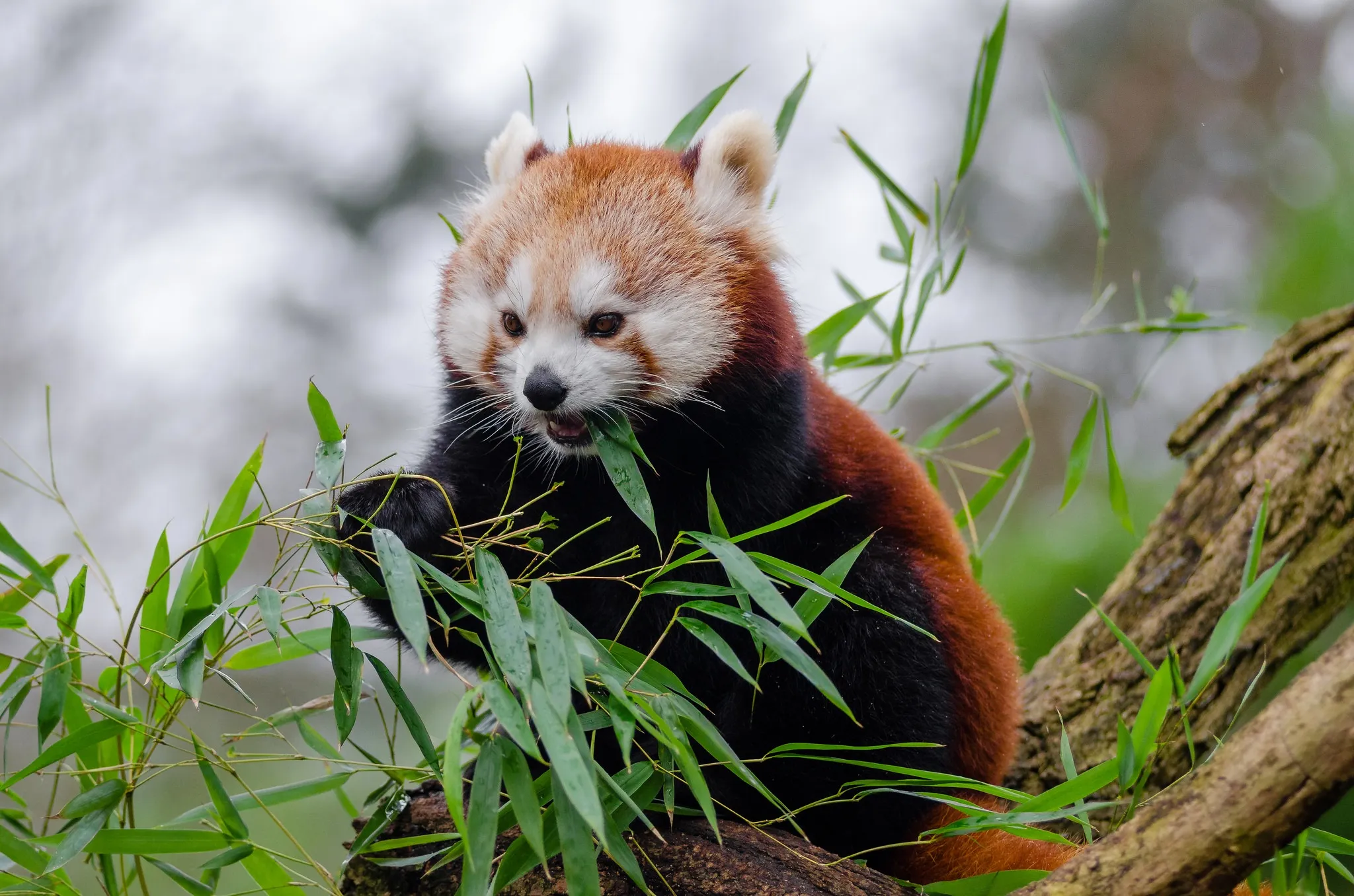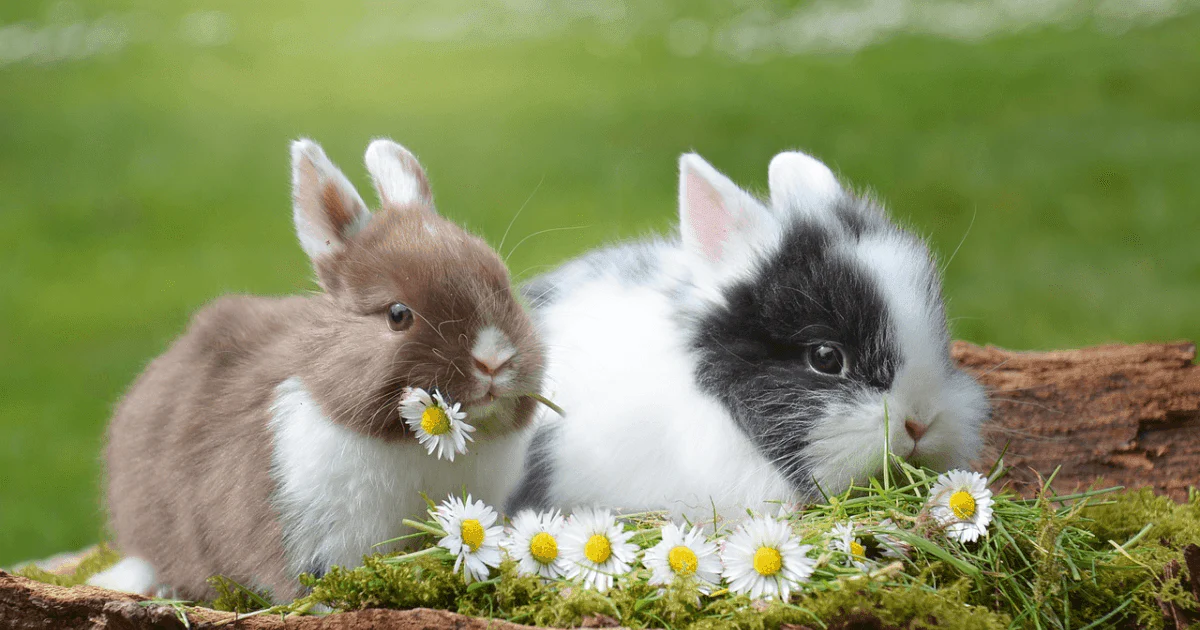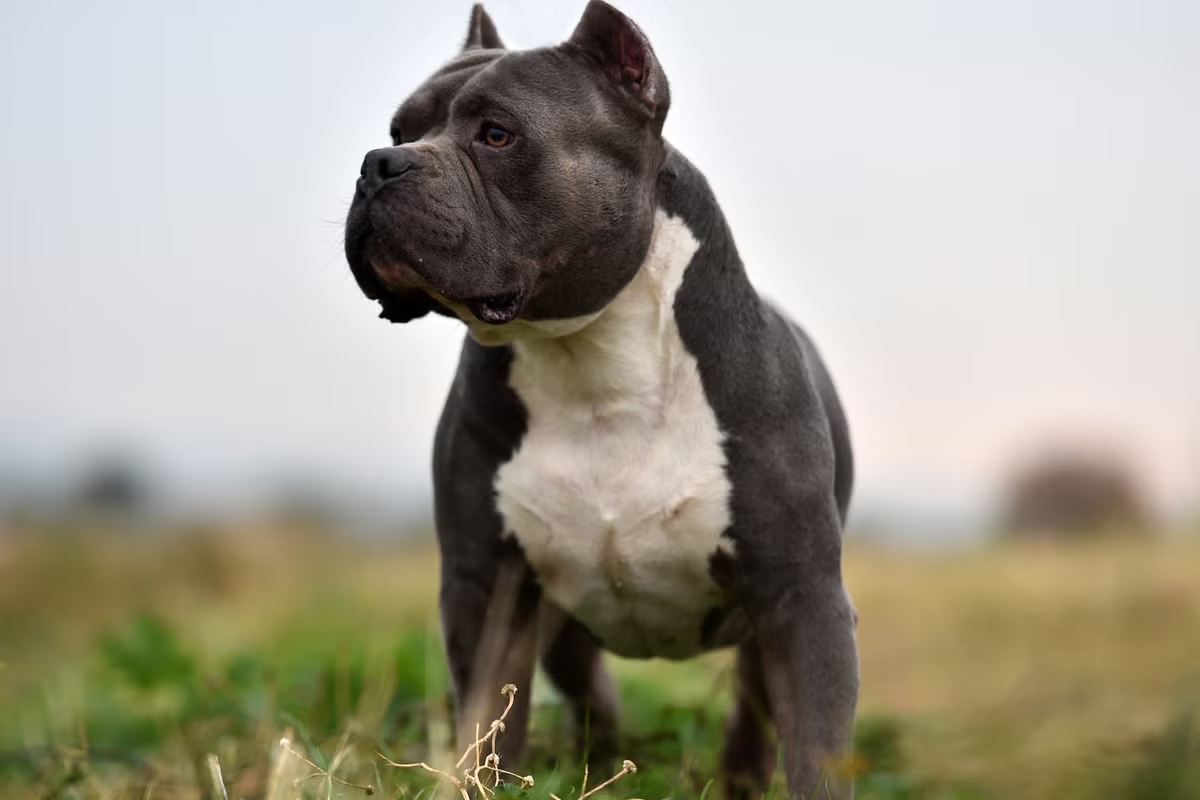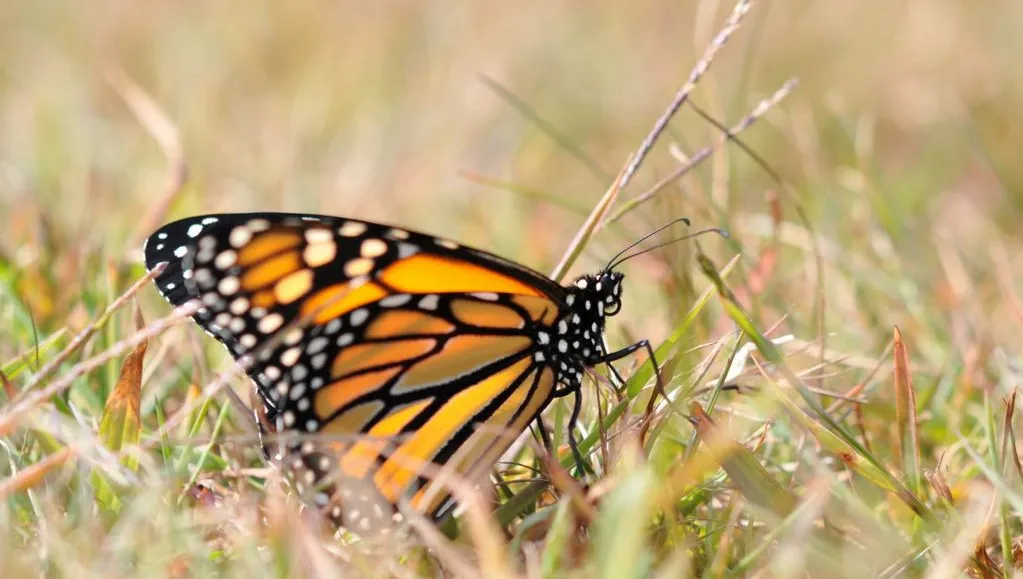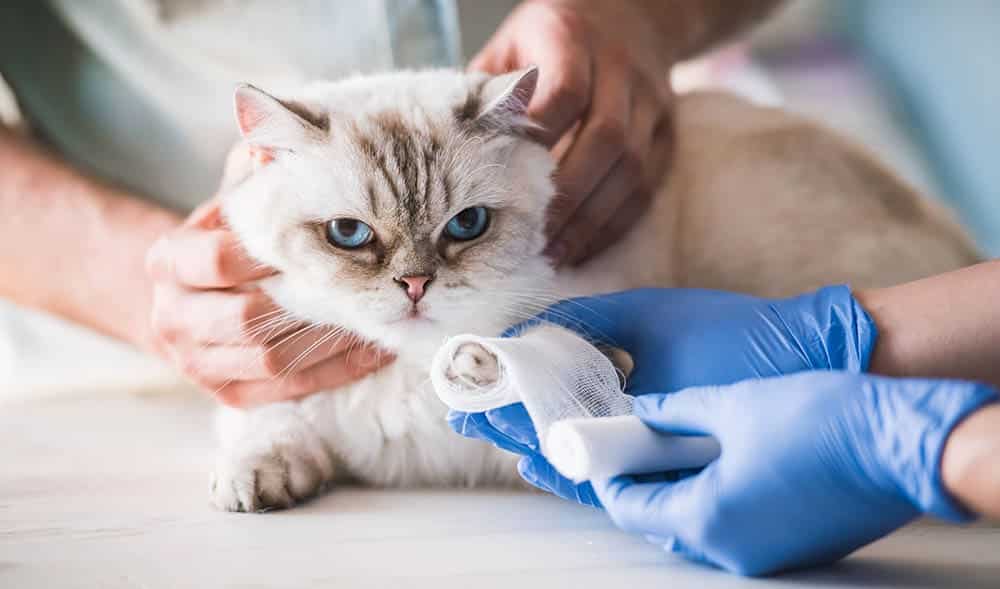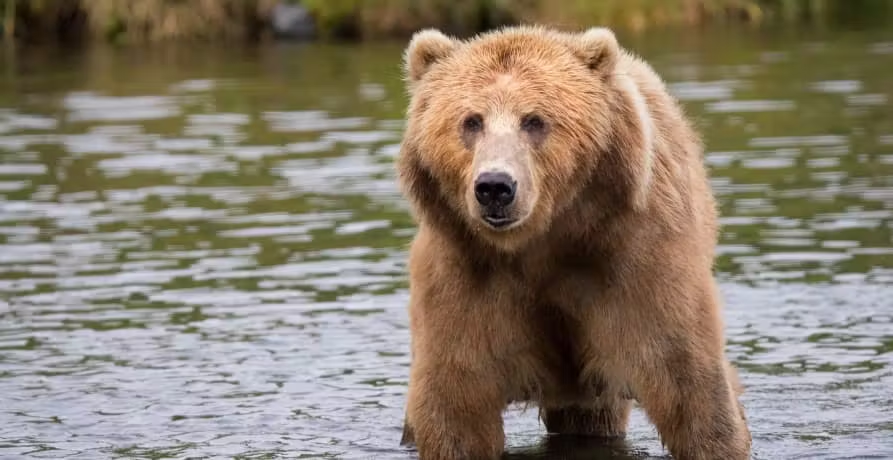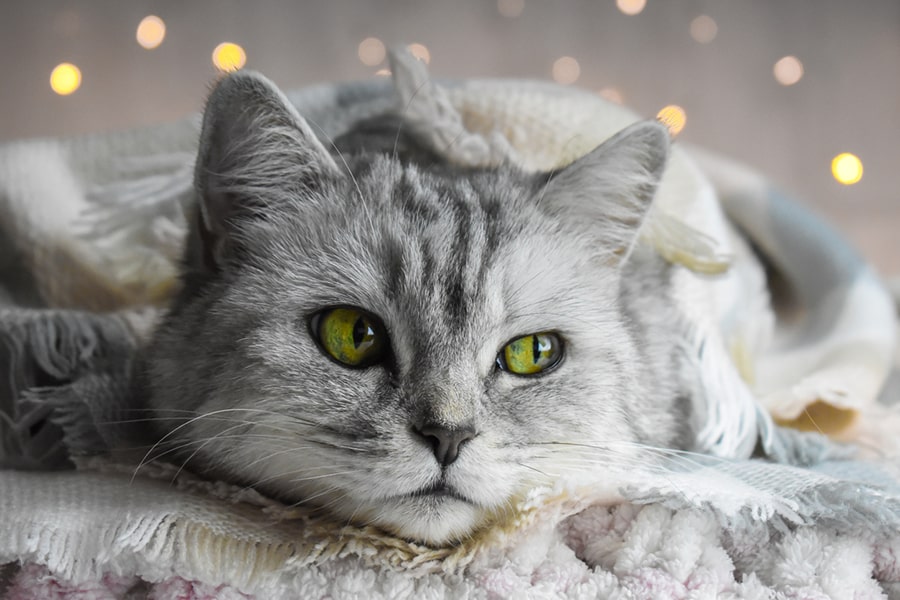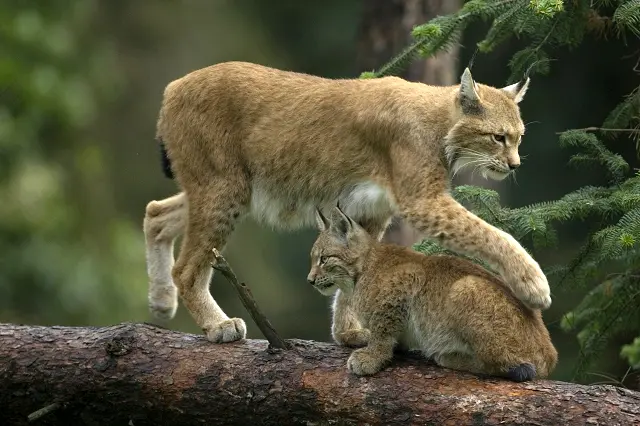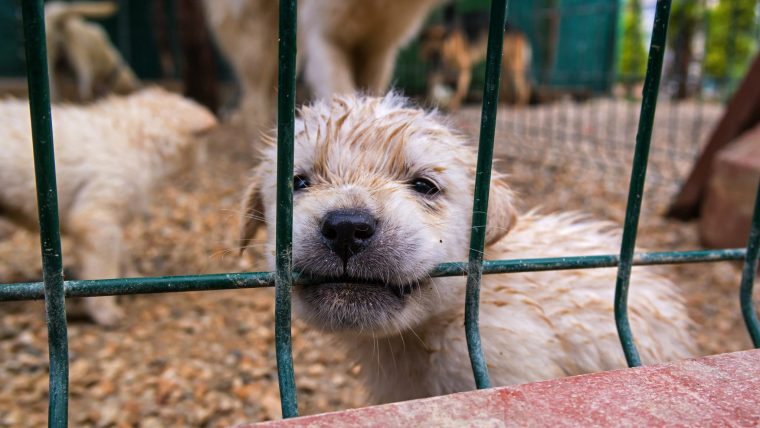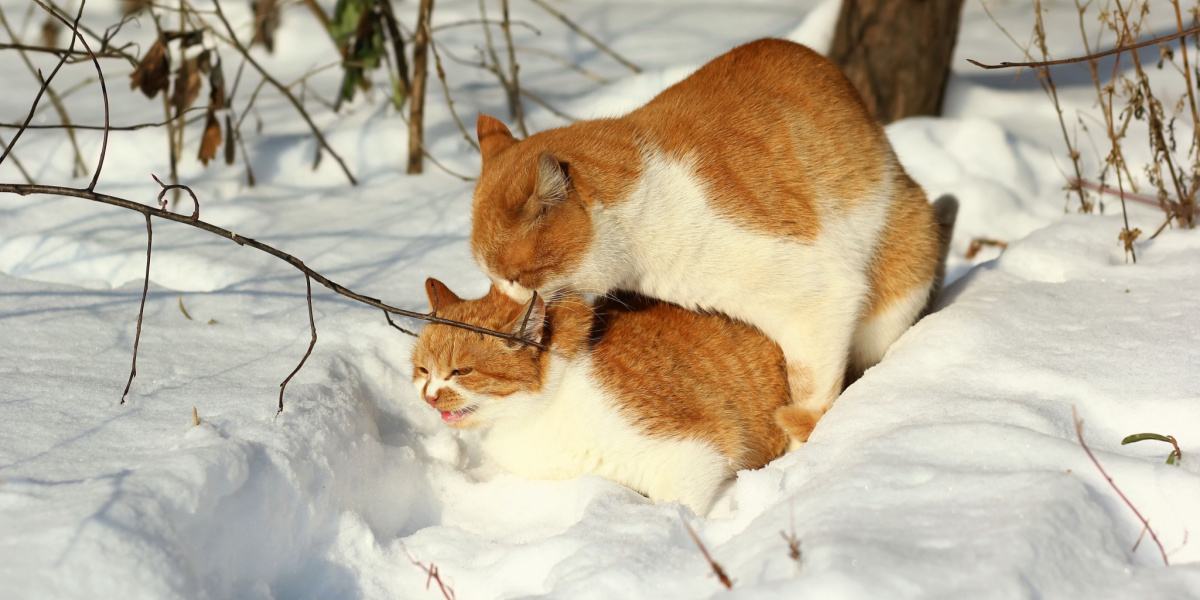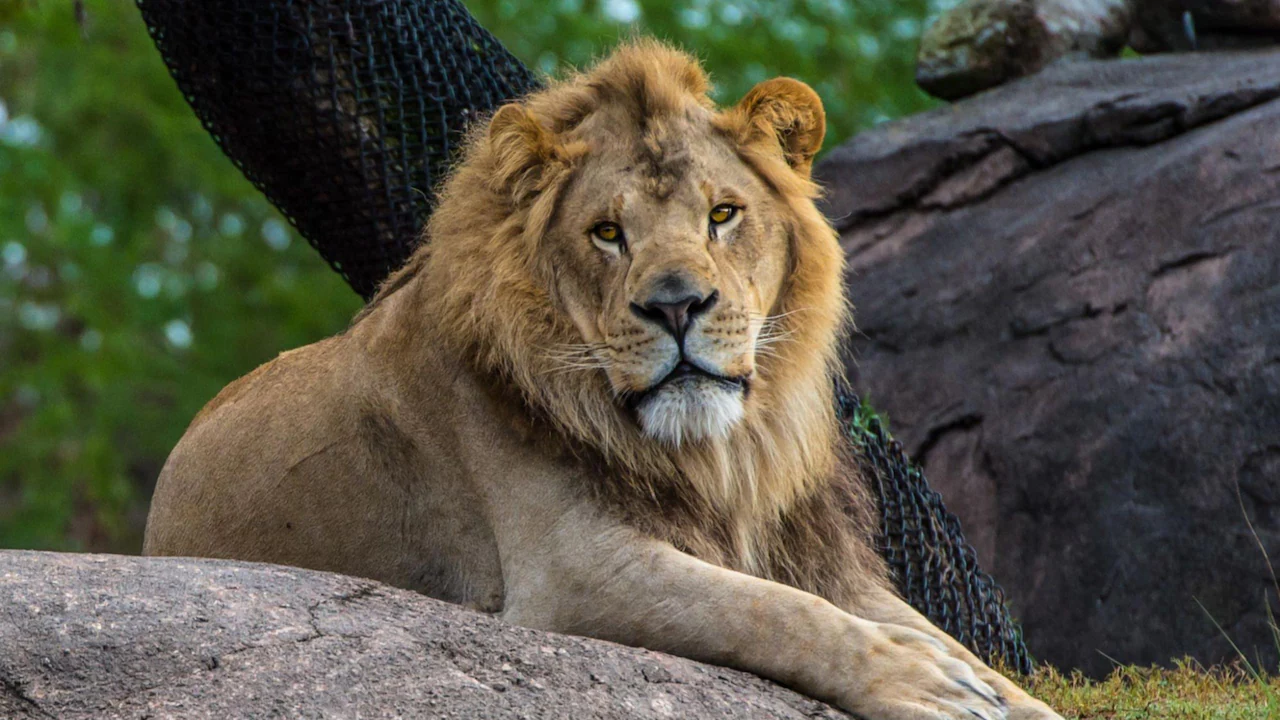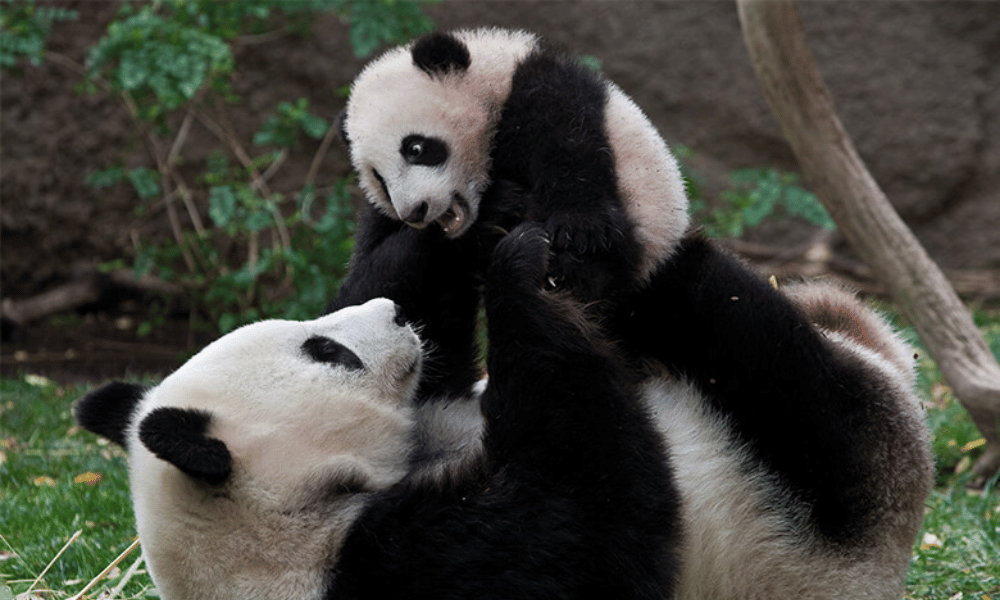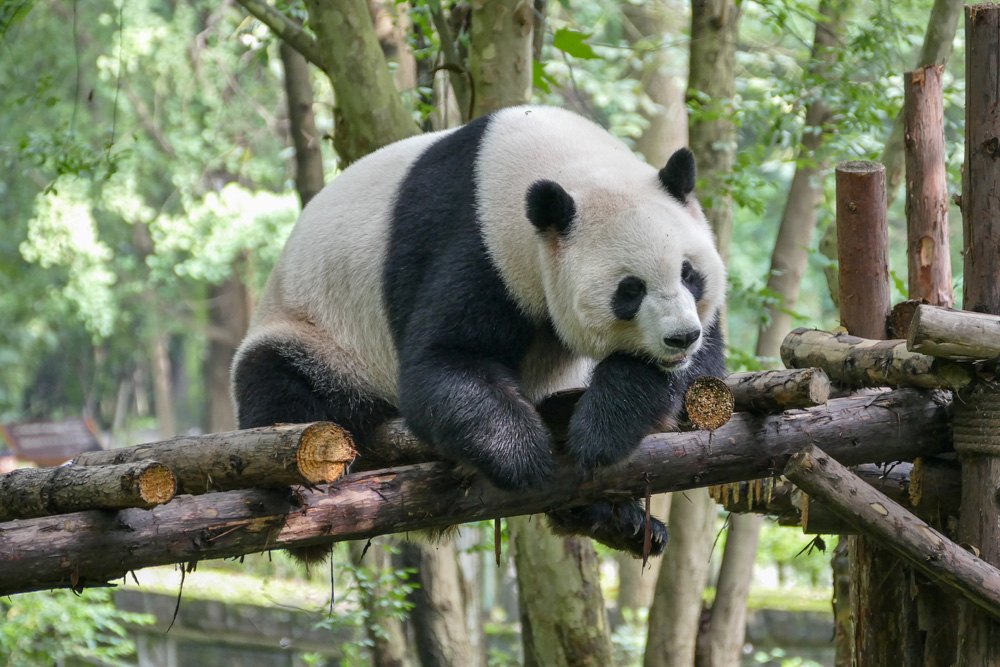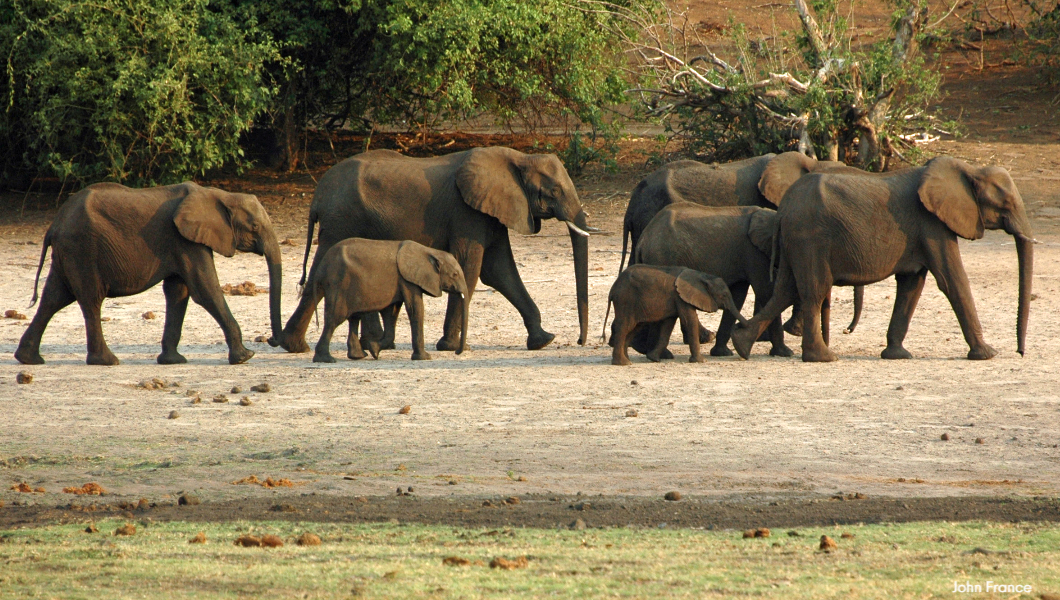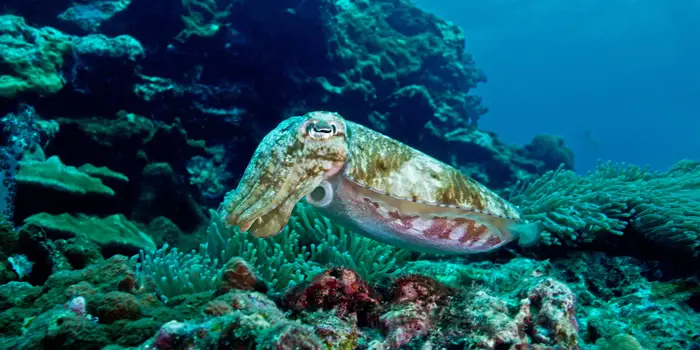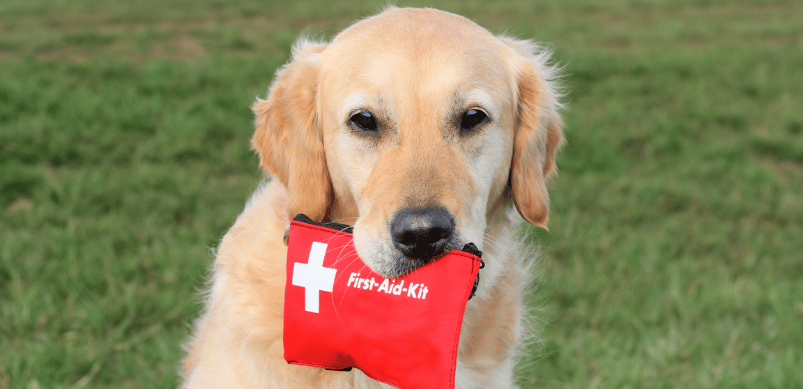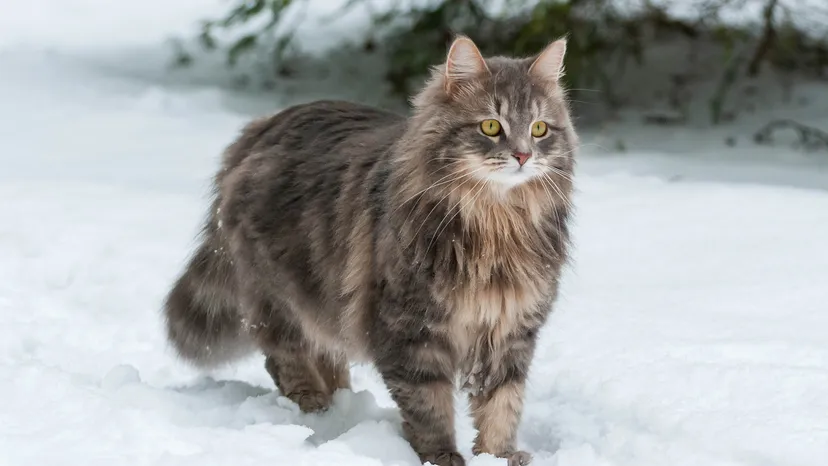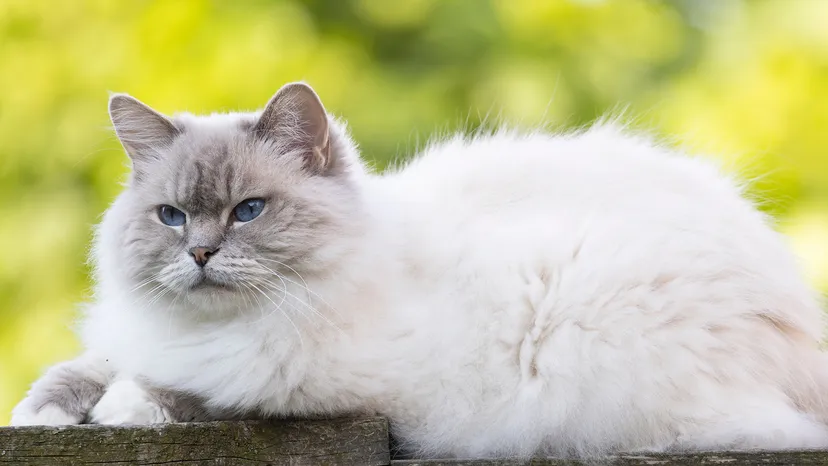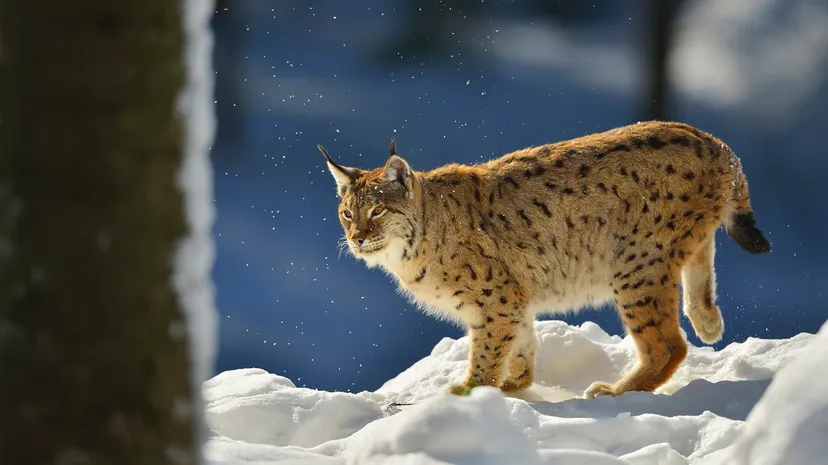Cats. They’re the internet’s darlings, the rulers of our homes, and the masters of mystery with their silent paws and knowing eyes. Whether it’s my tabby, Luna, napping in a sunbeam or your own furry friend knocking over a glass just for fun, cats have a way of stealing our hearts and sparking curiosity. This article dives into the top 10 fascinating facts about cats, blending science, history, and a touch of whimsy to celebrate these enigmatic creatures. From their ancient origins to their quirky behaviors, we’ll explore what makes cats so special, drawing on veterinary insights, personal stories, and surprising trivia. Get ready to fall even more in love with your feline companion as we uncover the secrets behind their purrs and prowess.
Fact 1: Cats Have Been Our Companions for Millennia
Cats have been domesticated for over 9,000 years, with evidence of their bond with humans dating back to ancient Egypt. Revered as protectors and even deities, cats were cherished for their ability to hunt pests. Today, they remain beloved companions, ruling households worldwide.
The Egyptian Connection
In ancient Egypt, cats were worshipped as symbols of grace and protection, often depicted alongside the goddess Bastet. A 2018 archaeological find in Cyprus revealed a 9,500-year-old cat buried with its owner, showing the depth of this bond. Luna’s regal lounging reminds me she’s descended from divine felines.
Modern-Day Companionship
Today, over 40% of UK households own a cat, according to the PDSA. From fluffy Persians to sleek Siamese, their role has shifted from pest control to emotional support, proving their timeless appeal.
Fact 2: Cats Are Obligate Carnivores
Unlike dogs or humans, cats must eat meat to survive, relying on nutrients like taurine found only in animal tissue. This dietary quirk shapes their health, behavior, and even their hunting instincts, making them true predators at heart.
Why Meat Is a Must
Taurine deficiency can lead to heart disease or blindness in cats, as noted by the Cornell Feline Health Center. When I switched Luna to a high-quality, meat-based diet, her coat gleamed, and her energy soared. Always check food labels for animal-based proteins.
Best Cat Foods for Carnivores
Look for brands like Royal Canin or Orijen, which prioritize meat. Wet food often provides better hydration, crucial for kidney health. Consult your vet to tailor your cat’s diet to their age and needs.
Top Cat Food Comparison
| Brand | Key Ingredients | Best For | Price Range |
|---|---|---|---|
| Orijen | Chicken, turkey, fish | High-protein needs | $40–$60 |
| Royal Canin | Meat by-products, taurine | Breed-specific formulas | $25–$45 |
| Purina Pro Plan | Chicken, liver | Sensitive stomachs | $20–$35 |
Fact 3: Cats Sleep Up to 16 Hours a Day
Cats are champions of napping, spending 12–16 hours daily snoozing to conserve energy for hunting. This “catnap” habit, rooted in their wild instincts, explains why your feline might doze off mid-play or claim your lap for hours.
Why So Much Sleep?
In the wild, cats conserve energy between hunts, a trait domestic cats retain. Kittens and seniors may sleep even more, up to 20 hours, per the ASPCA. Luna’s marathon naps on my couch are her way of recharging for zoomies.
Creating a Cozy Sleep Space
Provide soft beds or warm spots like window perches. Orthopedic beds are great for older cats with joint issues. A friend’s cat, Whiskers, loves a heated pad for arthritis relief.
Fact 4: Cats Communicate with Their Tails
A cat’s tail is like a mood ring, signaling everything from affection to aggression. A high, quivering tail means happiness, while a thrashing tail warns of irritation, making it a key to understanding your feline’s feelings.
Decoding Tail Language
A slow swish might mean curiosity, while a puffed-up tail signals fear. When Luna’s tail flicks rapidly, I know to give her space—usually because I dared to move her from my keyboard. Watching their tail helps avoid misunderstandings.
Other Communication Cues
Cats also use vocalizations (meows, purrs) and body language (ear position, blinking). Slow blinks are a cat’s “I love you,” a trick I use to bond with Luna daily.
Fact 5: Cats Have Remarkable Agility
Cats can jump up to five times their height and land gracefully thanks to their flexible spines and powerful muscles. This agility, honed by their hunting ancestors, makes them acrobats of the animal kingdom.
The Science of Cat Jumps
A cat’s “righting reflex” lets them twist mid-air to land on their feet, as studied by the University of Bristol. Watching Luna leap onto my fridge with ease is like witnessing a tiny gymnast. Their balance is unmatched.
Supporting Agility in Older Cats
Senior cats may lose some spring, so ramps or low perches help. Glucosamine supplements can support joint health, keeping them active longer, as my vet recommended for an aging rescue cat.
Fact 6: Cats Purr for More Than Just Happiness
Purring is often linked to contentment, but cats also purr when stressed, injured, or even during childbirth. This vibration, at 25–150 Hz, may promote healing, making it a multifaceted tool in their arsenal.
The Healing Power of Purrs
Studies from the Fauna Communications Research Institute suggest purring frequencies aid bone growth and tissue repair. When Luna purred through a vet visit, it was her way of self-soothing. It’s like a built-in therapy session.
When to Worry About Purring
Excessive purring with signs like hiding or appetite loss could signal pain. Always consult a vet if purring seems out of character, as I learned when Luna’s purring masked a minor injury.
Fact 7: Cats Have Unique “Fingerprints”
Every cat’s nose print is unique, much like a human fingerprint. This quirky trait, along with their distinct whisker patterns, makes each cat a one-of-a-kind masterpiece.
Nose Prints as ID
Veterinarians occasionally use nose prints for identification in shelters. I once tried photographing Luna’s nose print—spoiler: she wasn’t thrilled—but it’s a fun way to appreciate her individuality.
Other Unique Traits
Whisker placement and coat patterns also vary. For example, no two tabbies have identical stripes, making your cat’s look as special as their personality.
Fact 8: Cats Are Crepuscular Creatures
Cats are most active at dawn and dusk, a trait inherited from wild ancestors who hunted during these low-light hours. This explains why your cat might race around at 5 a.m. or pounce at twilight.
Why Crepuscular?
Their eyes, with slit pupils, are optimized for low light, giving them an edge in dim conditions, per the American Veterinary Medical Association. Luna’s dawn sprints across my bed are her inner hunter at work.
Managing Early Morning Zoomies
Interactive toys or feeding before bed can tire them out. A friend uses a laser pointer at night to calm her cat’s crepuscular urges, saving her sleep.
Fact 9: Cats Can Drink Seawater (Sort Of)
Cats’ kidneys are so efficient they can process small amounts of seawater, a trait shared with their desert-dwelling ancestors. While not a diet staple, this ability highlights their remarkable physiology.
Desert Origins
The domestic cat’s ancestor, the African wildcat, thrived in arid regions, per a 2017 genetic study. Their kidneys concentrate urine to conserve water, a trick Luna seems to use when she ignores her water bowl.
Hydration Tips for Cats
Encourage drinking with fountains or wet food, as dehydration risks kidney issues. Chewy.com offers fountains like the PetSafe Drinkwell, which Luna loves splashing in.
Fact 10: Cats Have a Strong Hunting Instinct
Even well-fed house cats retain a fierce hunting drive, pouncing on toys or chasing laser pointers. This instinct, rooted in survival, makes playtime essential for their mental and physical health.
Why Cats Hunt
Hunting satisfies their need for stimulation, as noted by the RSPCA. Luna’s obsession with feather wands mimics stalking prey, keeping her sharp. It’s adorable until she “hunts” my socks.
Safe Hunting Alternatives
Puzzle feeders or interactive toys channel this instinct safely. The Catit Senses circuit toy, available on Amazon, is a hit for keeping cats engaged without real prey.
Pros and Cons of Interactive Cat Toys
- Pros: Stimulates mind, reduces boredom, mimics hunting.
- Cons: Some toys break easily, may need supervision, cost varies.
People Also Ask (PAA) Section
Why do cats sleep so much?
Cats sleep 12–16 hours daily to conserve energy, a trait from their wild ancestors. Kittens and seniors may sleep up to 20 hours, per the ASPCA.
What makes cats good hunters?
Their agility, sharp claws, and keen senses, like night vision, make them adept predators. Their crepuscular nature aligns with peak hunting times.
Where can I find cat toys for hunting instincts?
Pet stores like Petco, Chewy, or Amazon offer toys like feather wands or puzzle feeders. Look for durable, safe options to engage your cat.
Are there health benefits to a cat’s purr?
Purring may promote healing, with frequencies aiding bone and tissue repair, per studies. It also signals contentment or stress relief.
FAQ Section
Why are cats crepuscular?
Cats are active at dawn and dusk due to their ancestors’ hunting habits in low light. This maximizes their success as predators.
How can I keep my cat’s hunting instincts satisfied?
Use interactive toys like feather wands or laser pointers. Puzzle feeders from brands like Catit, available on Chewy, are great options.
What’s the best diet for a cat?
High-protein, meat-based foods with taurine are essential. Brands like Orijen or Royal Canin, found at Petco, meet these needs.
Where can I buy a cat water fountain?
Chewy, Amazon, or PetSafe’s website offer fountains like the Drinkwell, which encourages hydration and kidney health.
How do I know my cat’s unique traits?
Check their nose print or coat pattern—no two are alike. Photographing their nose or observing their markings highlights their individuality.
Tools and Resources for Cat Owners
- Veterinary Care: Find feline specialists via AAHA.org’s vet finder.
- Cat Toys: Shop interactive toys at Chewy.com or Amazon.com.
- Nutrition Guides: Cornell Feline Health Center (vet.cornell.edu) offers diet advice.
- Community Support: Join r/cats on Reddit for tips and stories.
Comparison: Domestic Cats vs. Wild Ancestors
| Trait | Domestic Cats | Wild Ancestors |
|---|---|---|
| Diet | Obligate carnivore, pet food | Raw prey, limited water |
| Activity | Crepuscular, 12–16 hr sleep | Crepuscular, hunting-focused |
| Social Bond | Companions to humans | Solitary, territorial |
| Agility | Jumps 5x height | Same, for survival |
Final Thoughts
Cats are a delightful blend of mystery, athleticism, and affection, from their ancient Egyptian roots to their modern-day couch kingdoms. Luna’s purring naps and midnight sprints remind me daily of their unique charm. These 10 facts—spanning their carnivorous diets, healing purrs, and acrobatic leaps—reveal why cats captivate us. By understanding their quirks and needs, we can give them the love and care they deserve, ensuring their whiskers twitch with joy for years to come.
